Working Style Analysis
(WSA- Employee)
The Working Style Analysis (WSA) Employee Version
is an online assessment tool for:
- employees in dependent work
- returning to work
- more effective career planning
- internal promotion
- particularly suitable for people who are looking for a career change.
The WSA-Employee for salaried employees consists of:
A Personal Report with guidelines for professional development, graphs, and charts. There is also a profile summary as an overview, which describes the most important elements of your individual working style.
The report provides full-color graphs and pie charts of the employee's strengths, flexibilities, adaptability, and non-preferences. Specific, practical advice, including a self-improvement Action Plan and Personal Monitoring System, is included.
The detailed WSA profile provides insights into the personal working style in the following areas:
- attitude towards authorities
- motivation
- persistence with difficult tasks
- communication style
- attention to detail
- ability to see the big picture
- changes in working style under stress
- Information Technology and computers
- response to changes

Structure of the WSA Model
The pyramid model of the WSA consists of six layers describing 49 individual style elements which make up a person's Working Style. They are clearly arranged according to brain functions and behaviors in six layers - with brain dominance at the top. This left/right brain dominance is the most important area because brain processes generally affect all other sub style elements.
The top four layers contain biological/natural (i.e., innate, relatively stable) style elements, and the bottom two layers contain acquired/conditioned (i.e., frequently changing) style elements.
LEFT/RIGHT DOMINANCE
|
Thinking Patterns
Reflective thinkers like to think about everything before making a decision, while impulsive thinkers make quick decisions based on little information.
|
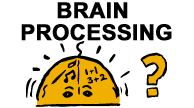 |
|
Holistic
'right-brain' dominant people prefer to see the 'big picture' when learning new things, are not interested in details and process information simultaneously.
|
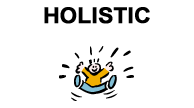 |

SENSES
|
|
Auditory
Some people remember things they hear, they are good listeners, like verbal instructions and/or prefer to discuss new information.
|
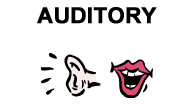 |
|
Visual
Some people remember much of what they read and prefer instructions to be written, others remember and understand best when shown pictures, others use their imagination and many a combination of these modalities.
|
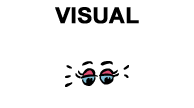 |
|
Tactile
People with this preference have a strong need to manipulate things and use their hands while listening or concentrating.
|
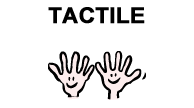 |
|
Kinesthetic
Some people like to be actively, physically involved in work projects and remember best through their own experiences; others have a strong intuition and need to feel good to understand and remember easily.
|
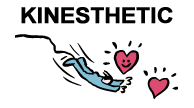 |

PHYSICAL
|
|
Mobility
Some people find it hard to sit still and need to move around a lot, especially when they are working or concentrating hard. Others prefer to stay put and avoid getting up when they work on something difficult.
|
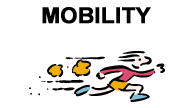 |
|
Intake
Some people work better when they nibble, eat or drink while concentrating, while others find it distracting when working on difficult tasks.
|
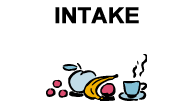 |
|
Time
People have different peak times when their brains are most active and then they can concentrate most easily. For some it's the early or late morning, for a few it's the afternoon and for many others it's the evening.
|
 |

ENVIRONMENT
|
|
Sounds
Some people need it quiet when working on something difficult, others prefer sound or music in the background.
|
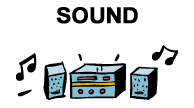 |
|
Light
Some people prefer bright light while others work far better in low light situations - too much light disrupts their concentration.
|
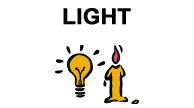 |
|
Temperature
Some people like warm temperatures when working but others concentrate better when it's cool.
|
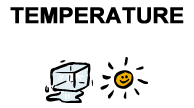 |
|
Workplace
Straight back chairs with desks suit a formal working style. Lounge chairs or lying on the floor when concentrating suit people with an informal working style.
|
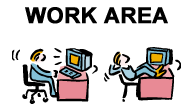 |

SOCIAL
|
|
Alone
Some people concentrate best when allowed to work on their own.
|
 |
|
Pair
Some people prefer to have another person to work with.
|
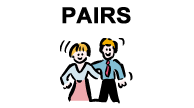 |
|
Peers
Some people perform best when they can share their ideas and work within a group of like-minded people who are all at a similar level.
|
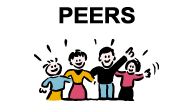 |
|
Team
Some people love to be part of a team (sometimes as leader) and work most easily with others.
|
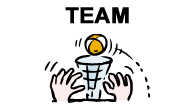 |
|
Authority
Some people accept authority and need very regular feedback, while others prefer not to have authority figures present, and don't need supervision.
|
 |
|

ATTITUDES
|
|
Motivation
Some enjoy work, are self-starters and high achievers. Others can lose motivation easily, like incentives and need all other preferences matched to improve their work motivation.
|
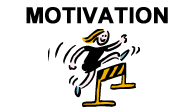 |
|
Persistence
Some people always finish what they begin while others stop when they lose interest and need frequent breaks and lots of encouragement to complete tasks.
|
 |
|
Conformity
Some people need rules and regulations and always like to do what's 'right'; others follow their own rules and like doing unconventional things, often going 'against the stream'.
|
 |
|
Responsibility
People who take responsibility do what's expected of them and consider the consequences of their actions carefully. Others don't consider work the most important thing in their lives, can be easily distracted from their duties and often forget what they promised.
|
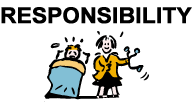 |
|
Structure
Some people need clear guidelines and a framework to work within; others prefer to work independently without needing instructions.
|
 |
|
Variety
Some people like change, variety and challenges, hardly ever doing the same thing twice. Others work better under routine and like predictability and steadiness in their work.
|
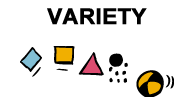 |
What does the Work Style Analysis (WSA) offer?
WSA reveals individual, personal working style combinations
WSA shows how to redesign your own work environment to achieve better performance results
WSA provides assistance to improve concentration, to cope with work assignments, teamwork, etc. with less stress and to complete projects successfully.
WSA provides a deeper, more comprehensive analysis than conventional personality tests - based on biological factors and is available in: German, English, Finnish

























